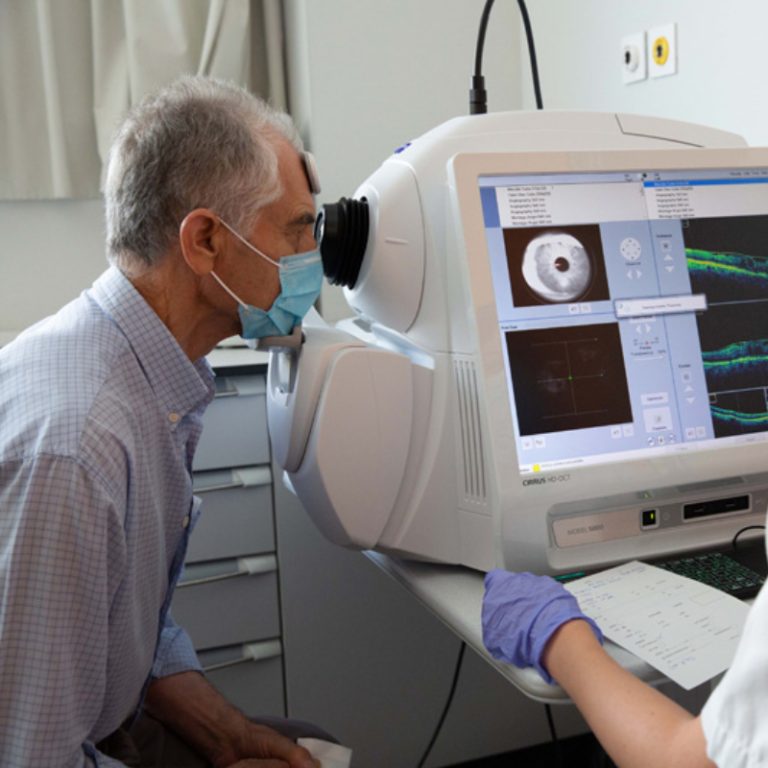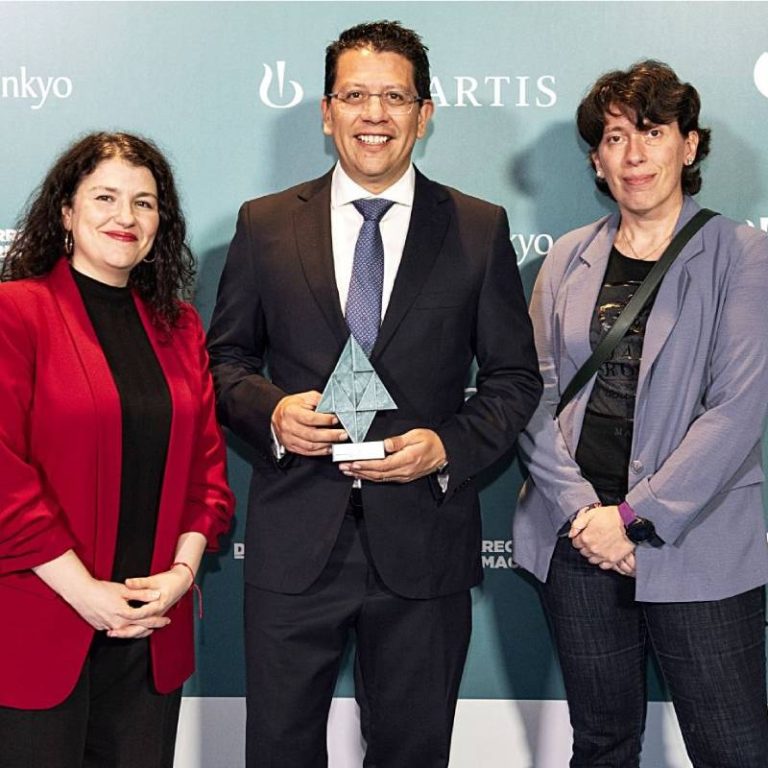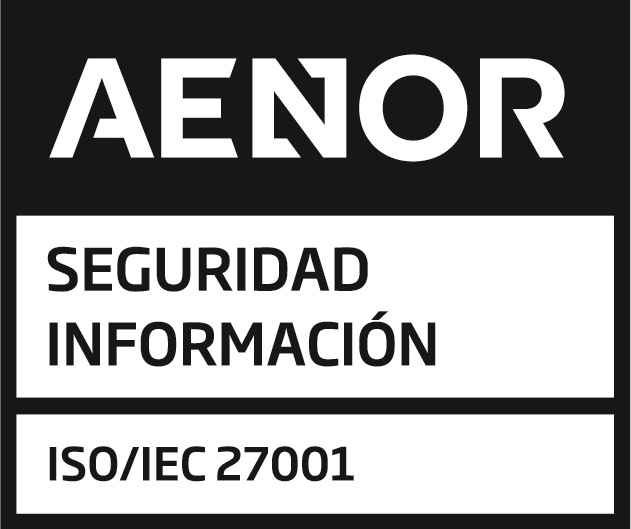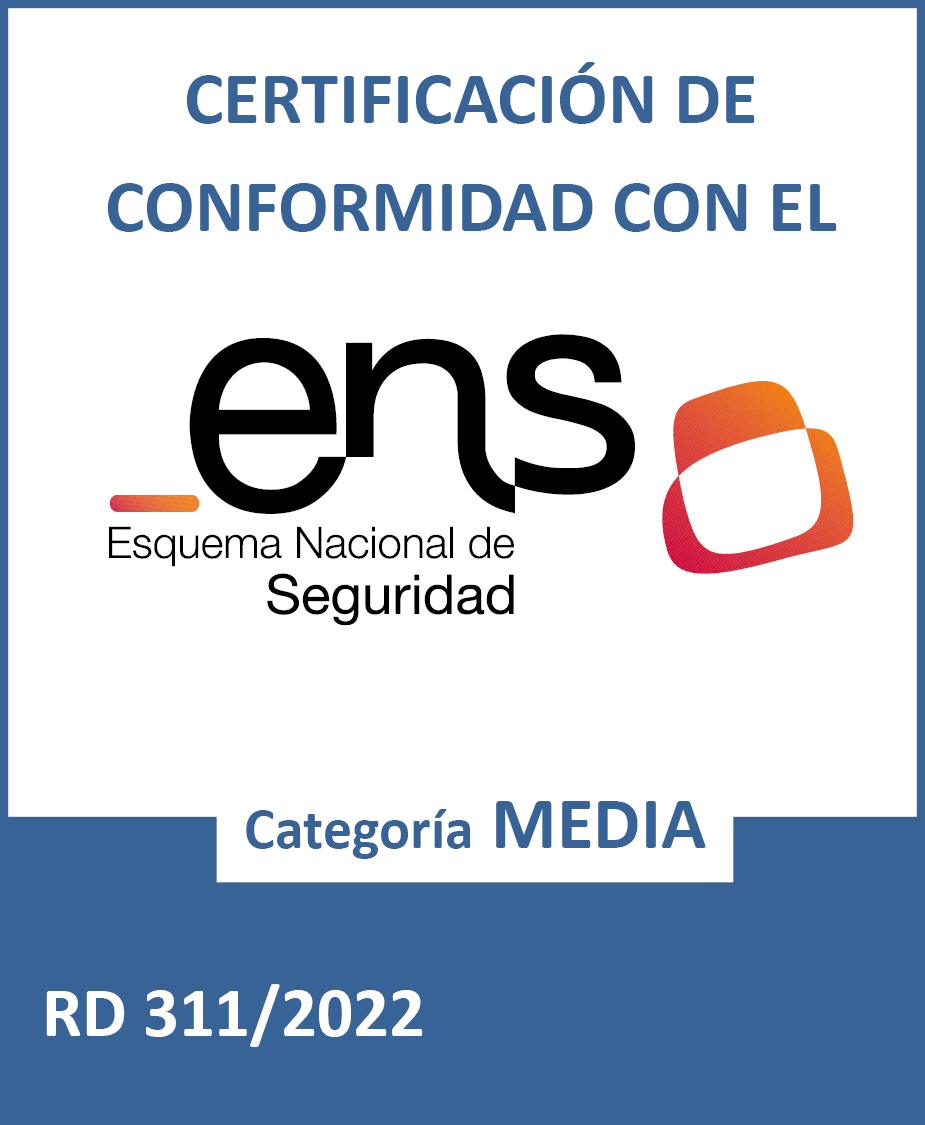Cases of Good Practice
Surveillance of Surgical Site
Infections (SSIs) through
Artificial Intelligence
Reto
Surgical Site Infections are an important issue that can arise after surgery. Said infection can have severe consequences for the patient and monetary ones for the organisation. Traditionally, surveillance systems have been based on manually checking the patient’s medical record looking for signs of SSI between 30 and 90 days after surgery. This task entails a heavy workload; however, the information it provides is essential to know the incidence of SSI and establish measures to prevent them.
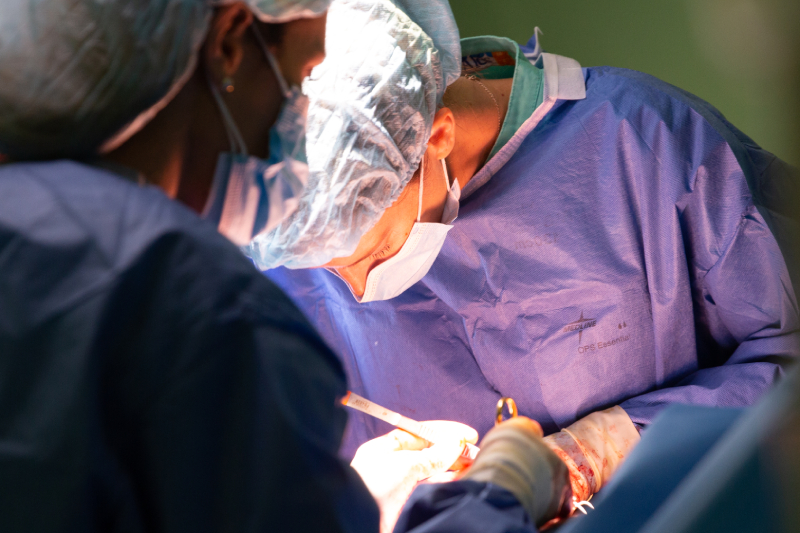

Our Proposal
We have developed a model that is able to identify patients with SSI in those who have undergone rectal, colon, TKA, THA, CABG, and valve replacement surgeries. Through data mining collected from the medical record, such as clinical, microbiological and post-operative follow-up information, the model is trained and validated through Machine Learning. The model’s performance results have been successful.
Value Added
This solution has improved the diagnosis effectiveness of SSIs, and it has significantly optimised the workload for the medical services that carry out the surveillance.
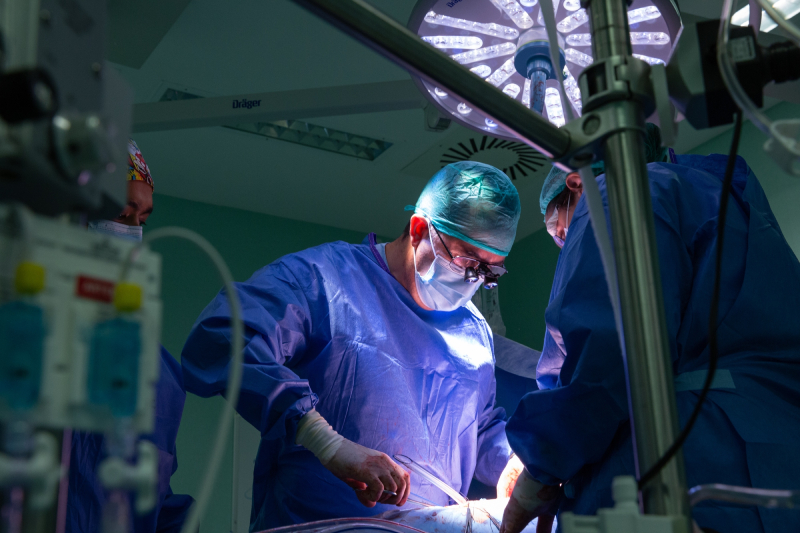
AI Discharge Reports
Address
Calle Santiago Ramón y Cajal, número 43, 2ª planta Elche 03203 (Alicante)

